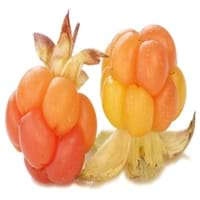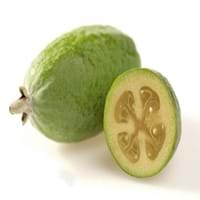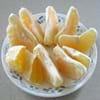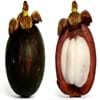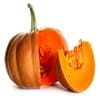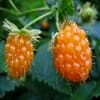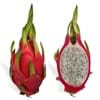Health Benefits
Cancer prevention, Heart care
Anti depressant, Cancer prevention, Reduces nervous tension, Treatment of alzheimer's disease, Treatment of Lung disease
General Benefits
Anti oxidant properties, Boosts immune system, Digestive aid, Improves blood circulation, Maintains healthy cholesterol level, Strengthens bones
Digestive aid, Helps in weight loss, Improves blood circulation, Strengthens bones, Treatment of common cold
Skin Benefits
Anti-aging benefits, Reduces wrinkles, Skin rejuvenation
Brightens and lightens complexion, Skin rejuvenation
Hair Benefits
Protects hair
Promotes longer and healthier hair, Protects hair
Side Effects
Allergic reaction
Allergic reaction
Best Time to Eat
As a snack in the late afternoon, Don't consume at night and before bed, Eat the fresh ones, avoid mixing with any other foods, don't eat after meal., Morning time (before lunch)
As a snack in the late afternoon, Don't consume at night and before bed, Eat the fresh ones, avoid mixing with any other foods, don't eat after meal., Morning time (before lunch)
Vitamin B5 (Pantothenic Acid)
Not Available
Vitamin B6 (Pyridoxin)
Not Available
Vitamin B9 (Folic acid)
Not Available
Vitamin C (Ascorbic Acid)
Vitamin E (Tocopherole)
Not Available
Vitamin K (Phyllochinone)
Not Available
Lutein+Zeaxanthin
Not Available
Calories in Fresh Fruit with Peel
Not Available
Calories in Fresh Fruit without Peel
Not Available
Calories in Frozen Form
Not Available
Not Available
Calories in Dried Form
Not Available
Calories in Canned Form
Not Available
Not Available
Season
Winter
Autumn, Winter
Varieties
Not Available
Anatoki, Gemini, Kaiteri, Kakariki, Pounamu, Unique, Apollo, Den's Choice, Kakapo, Mammoth, Opal Star, Triumph and Wiki Tu
Color
Orange, Pink, Yellow
Green
Inside Color
Orange
White
Origin
Arctic Tundra
Argentina, Brazil, Paraguay, Uruguay
Grows on
Trees
Not Available
Soil Type
Loam, Well-drained
Clay loam, Gravely loam, Sandy
Climatic Conditions
Cold, Warm
Cold, Warm
Facts about
- Cloudberry is also called as bakeapple, knotberry , knoutberry, aqpik or low bush salmonberry.
- In Nordic countries, cloudberries are used to make traditional liqueurs.
- Feijoa is called as "pineapple guava" in some countries.
- Feijoa tree is an ornamental plant that can also be used as hedge & windbreak.
- All parts of feijoa fruit are edible(skin is mostly discarded).
Top Producer
Norway
New Zealand
Other Countries
Canada, Denmark, Finland, Iceland, Sweden, United States of America
Australia, Azerbaijan, India, Japan, United States of America
Top Importer
Norway
China
Top Exporter
Finland
New Zealand
Botanical Name
Rubus chamaemorus
Acca sellowiana
Synonym
Not Available
Feijoa sellowiana or Orthostemon sellowianus
Subkingdom
Tracheobionta
Tracheobionta
Division
Magnoliophyta
Magnoliophyta
Class
Magnoliopsida
Magnoliopsida
Family
Rosaceae
Myrtaceae
Species
R. chamaemorus
A. sellowiana
Generic Group
Not Available
Myrtle
Difference Between Cloudberry and Feijoa
We might think that Cloudberry and Feijoa are similar with respect to nutritional value and health benefits. But the nutrient content of both fruits is different. Cloudberry and Feijoa Facts such as their taste, shape, color, and size are also distinct. The difference between Cloudberry and Feijoa is explained here.
The amount of calories in 100 gm of fresh Cloudberry and Feijoa with peel is 51.00 kcal and Not Available and the amount of calories without peel is Not Available and 55.00 kcal respectively. Thus, Cloudberry and Feijoa belong to Low Calorie Fruits and Low Calorie Fruits category.These fruits might or might not differ with respect to their scientific classification. The order of Cloudberry and Feijoa is Rosales and Myrtales respectively. Cloudberry belongs to Rosaceae family and Feijoa belongs to Myrtaceae family. Cloudberry belongs to Rubus genus of R. chamaemorus species and Feijoa belongs to Acca genus of A. sellowiana species. Beings plants, both fruits belong to Plantae Kingdom.
